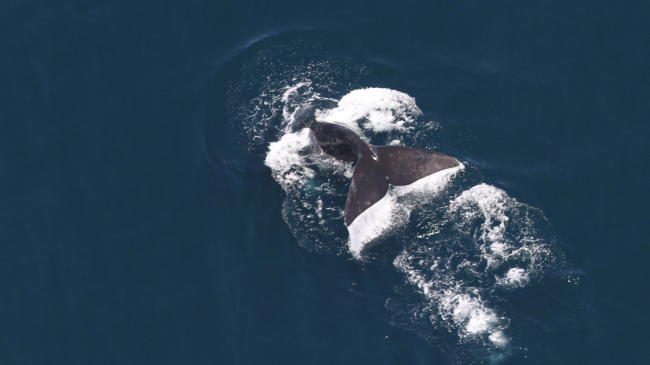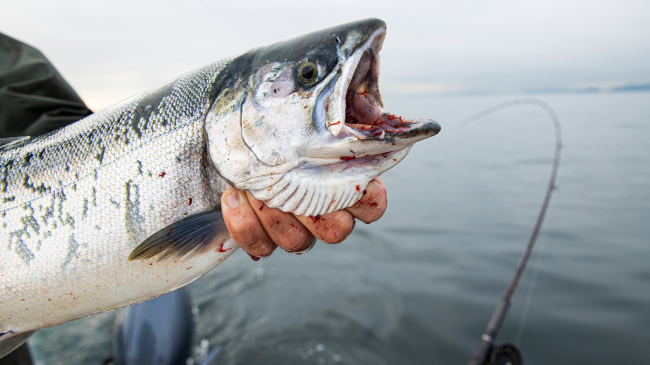New report also shows consistently high landings, value for U.S. fisheries

Fish at market. (Image credit: Shutterstock)
Fishing and seafood consumption in the United States increased in 2017, with landings and value of U.S. fisheries continuing a strong, positive trend. Across the nation, American fishermen landed 9.9 billion pounds of fish and shellfish in 2017, while the U.S. imported 5.9 billion pounds of seafood, up 1.6 percent, according to the annual Fisheries of the United States report released today by NOAA. Given the increases in seafood landings and with the average American adding more than a pound of seafood to their diet, there is a growing role for aquaculture to play in the domestic industry.
“This report exemplifies the vital economic benefits provided by commercial and recreational fisheries to American communities nationwide,” said Secretary of Commerce Wilbur Ross. “Every year, farmed and wild fisheries across the United States deliver food to our tables while safeguarding thousands of American jobs.”
The landed 9.9 billion pounds of fish and shellfish in 2017 represents an increase of 344 million pounds (3.6 percent) from the year before. The value of the landings also increased to $5.4 billion, up $110 million (2.1 percent) from 2016.
Overall, the highest value U.S. commercial species were salmon ($688 million), crabs ($610 million), lobsters ($594 million), shrimp ($531 million), scallops ($512 million), and Alaska pollock ($413 million). By volume, the nation’s largest commercial fishery remains Alaska pollock, which had near record landings of 3.4 billion pounds (up 1 percent from 2016).
Saltwater recreational fishing remains among the nation’s favorite pastimes. The revised recreational fishing estimates survey demonstrates how recreational fishing remains a key contributor to the national economy, with 202 million marine fishing trips taken. The top six recreational U.S. species ranked by harvested weight were striped bass, bluefish, red snapper, sheepshead, yellowfin tuna, and red drum.
The report shows that for the 21st consecutive year, the Alaska port of Dutch Harbor led the nation with the highest amount of seafood landed — 769 million pounds, valued at $173 million. Of that volume, 92 percent was Alaska pollock. New Bedford, Massachusetts, had the highest value catch for the 18th year in a row — 11 million pounds, valued at $389 million, 80 percent of which was sea scallops.
In addition, the report notes that the average American ate 16.0 pounds of fish and shellfish in 2017, up a significant 1.1 pounds from the year before. U.S. dietary guidelines recommend eating at least 8 ounces of seafood per week.
The U.S. aquaculture industry produced $1.5 billion in 2016 — the most recent year aquaculture data is available — an increase from 1.4 billion in 2015. Thus, aquaculture represented approximately 21 percent of the value of the nation’s total seafood production in 2016. The top value domestic farmed marine species were oysters, clams, and salmon.
Shrimp, salmon, and tuna continue to top the list of imports for 2017, with a total value of all seafood imports of $21.5 billion (up 10.4 percent).




